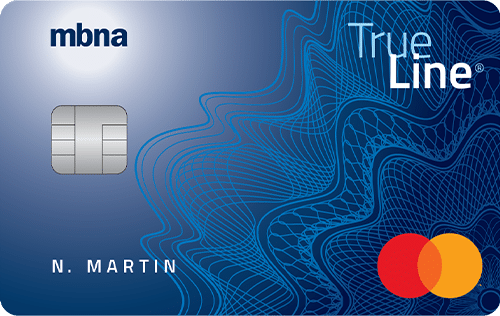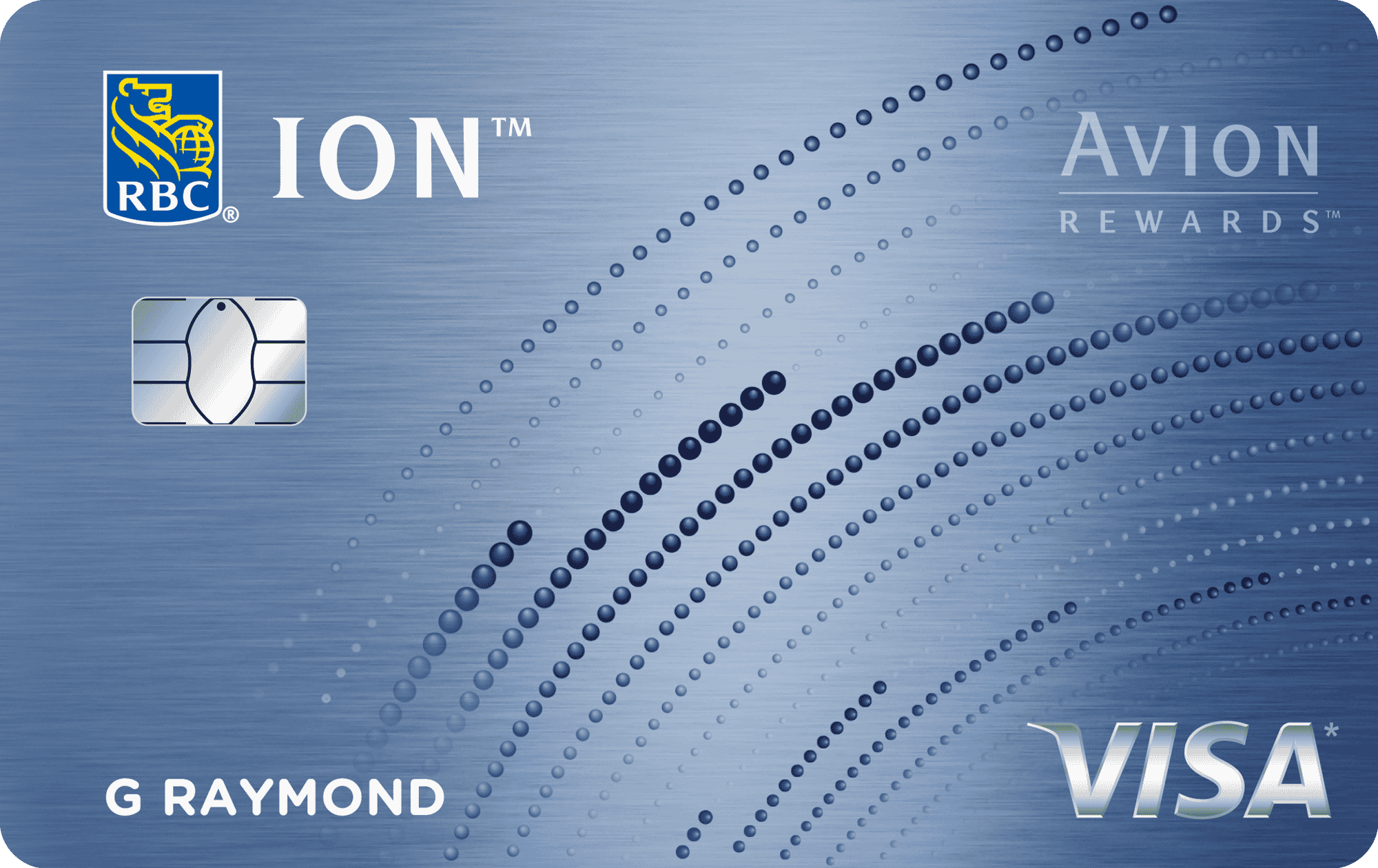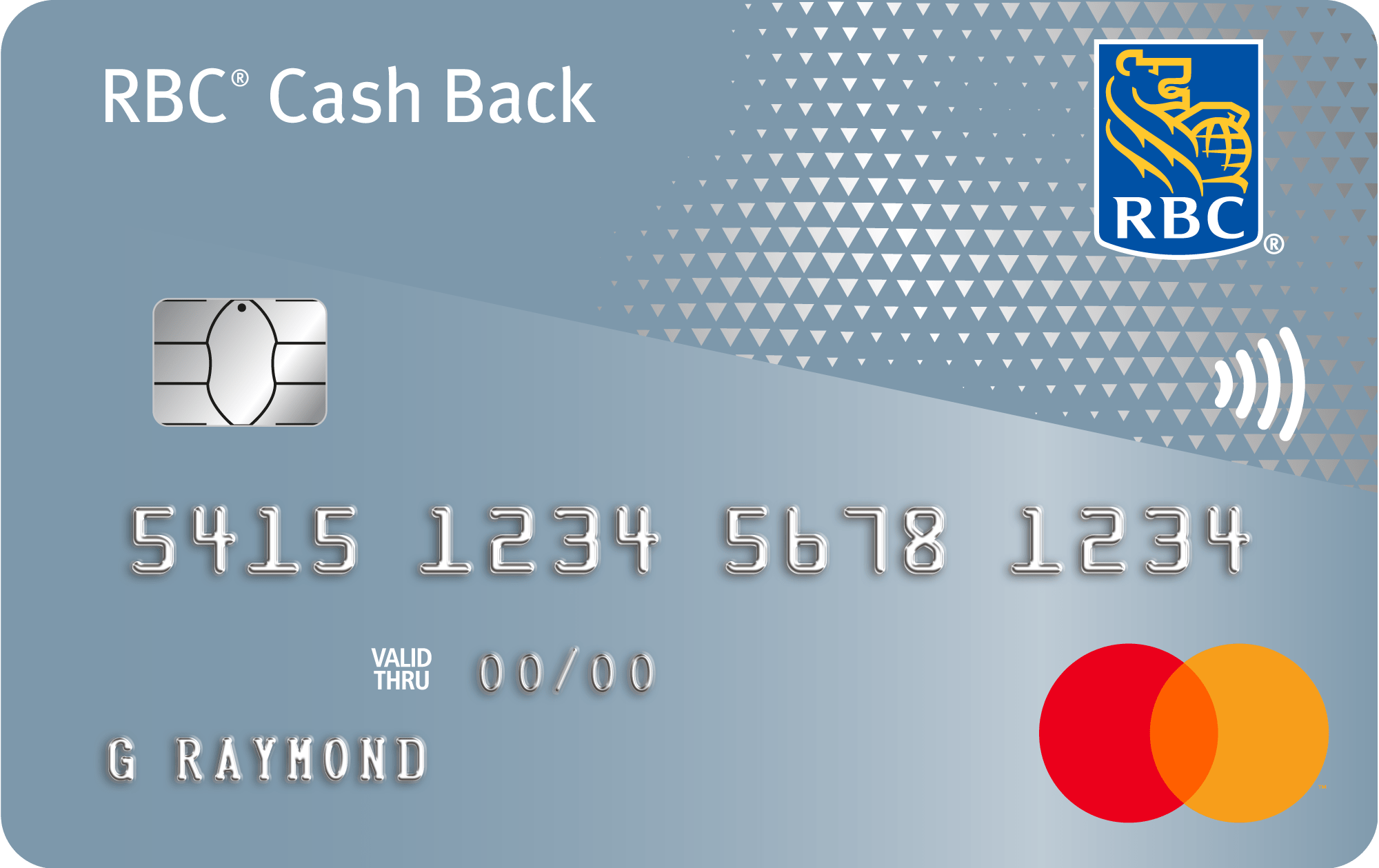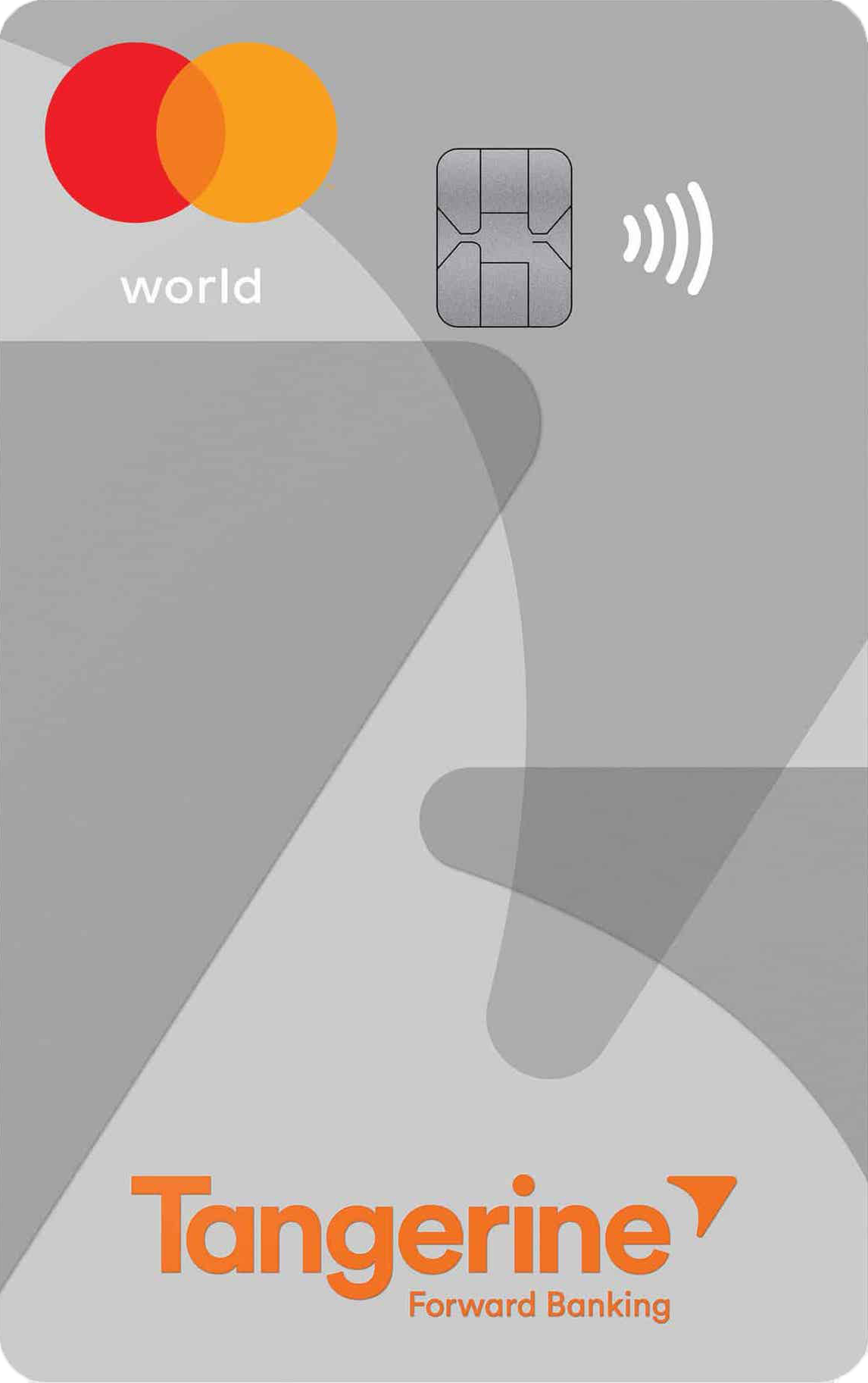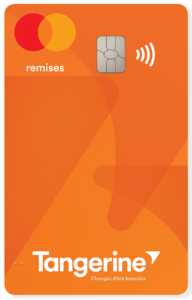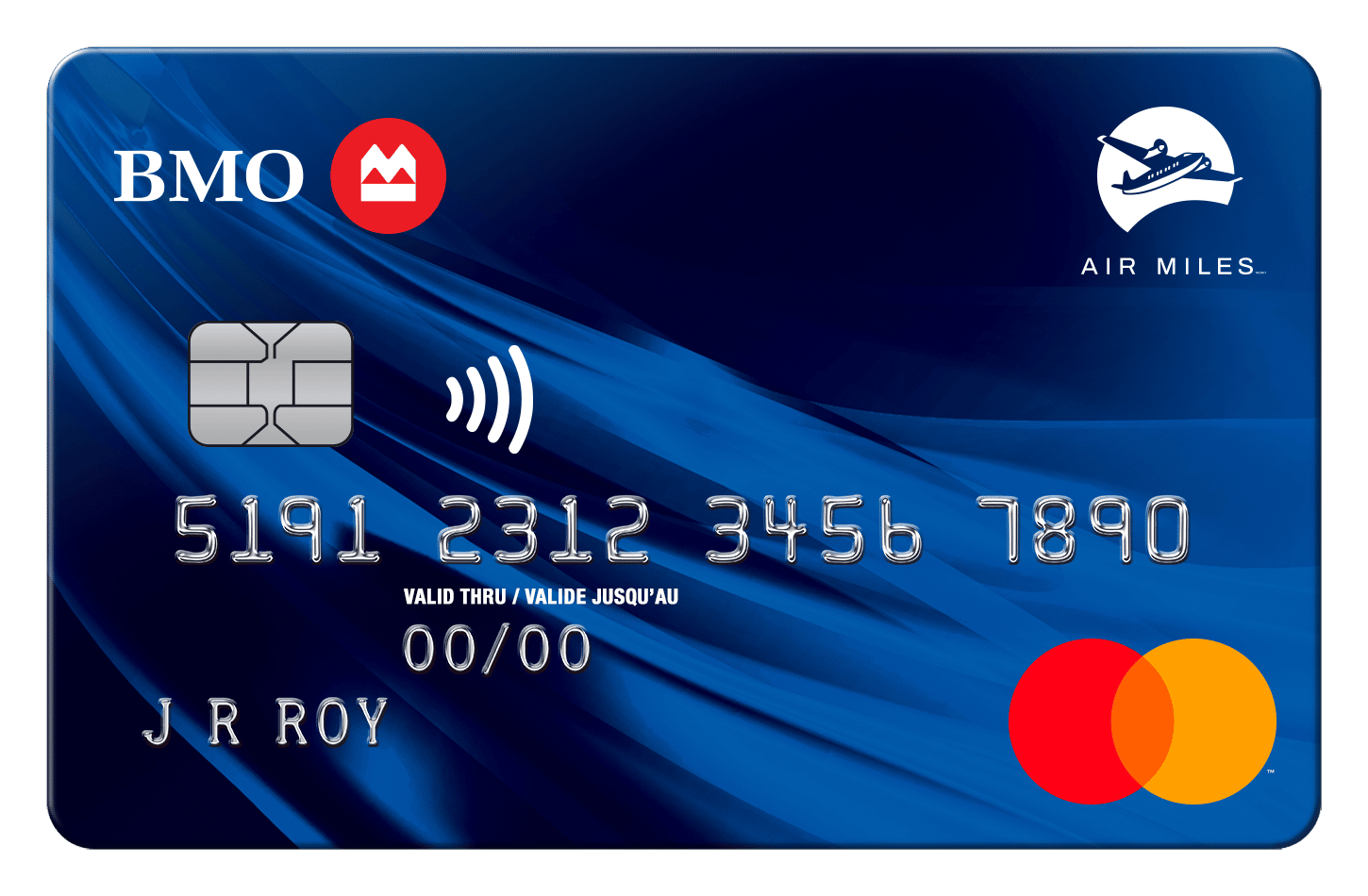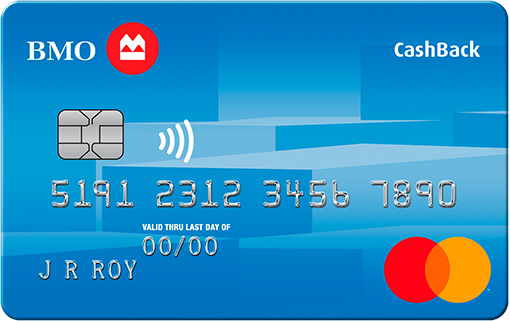Every now and then, you may receive a letter from a bank or see a promotional offer for a credit card balance transfer. The idea is that you move the balance from a higher-interest credit card to another, which has a lower interest rate for a specified time period.
While it’s always ideal to pay off your credit card balance in full every month, credit card balance transfers can be a useful tool in some situations, and especially if you’re managing some debt.
In this guide, we’ll discuss credit card balance transfers, including what to be aware of before you decide to take advantage of an offer, and some of the best-available balance transfer offers in Canada.
In This Post
- What Is a Credit Card Balance Transfer?
- Important Considerations for Balance Transfers
- What Are the Best Balance Transfer Offers in Canada?
- Do Balance Transfers Hurt My Credit?
- Conclusion
What Is a Credit Card Balance Transfer?
While credit cards date back to the 1950s, balance transfers are a relatively newer invention. They were developed between the late 1980s and early 1990s to attract new credit card customers with the promise of lower interest rates.
The name “balance transfer” refers to the process of transferring the higher-interest balance from one or more credit cards to a new or existing card with a balance transfer offer, which comes with a much lower interest rate. The idea is that you save money on the higher interest that you’d otherwise be paying on your card with a balance.
With balance transfers, your annual interest rate (APR) will be much lower than the average market rate, with rates as low as 2%, 0.9%, or even 0% APR for a set duration of time, usually anywhere between six and 12 months. There’s also usually a nominal fee of 1–3% when you transfer the balance.

Sometimes, balance transfers are used to buy yourself some extra time to pay off an outstanding balance that you’ve accrued.
You may also find yourself in a situation in which you need to make a large purchase, such as for an unexpected renovation that can’t wait, but don’t have access to the funds required.
A balance transfer offer may be the most affordable option at your disposal, since you can pay for the expense with a credit card, and then transfer it to a different card with a lower interest rate for a set period of time.
Again, we always recommend paying off your credit cards on time and in full as often as possible. However, if you’re carrying a high-interest balance on a credit card, or if you’re facing an unexpected large expense without other ways to cover it, then a balance transfer may be one of your best options.
As always, be sure to read the fine print of any offers that are at your disposal, and if you’re unsure about anything, speak to your financial advisor or bank so you fully understand the scope of the balance transfer.
Important Considerations for Balance Transfers
As with any financial offer, the terms and conditions on a balance transfer promotion spell out the most important details to be mindful of before accepting it.
Make sure you read and understand the fine print, and if you can’t make sense of it all, speak with a financial advisor or your bank until you do.
We’ll cover the most common strings attached to balance transfer offers below.
Balance Transfer Fees
The first catch with balance transfer offers is the balance transfer fee, which is typically around 1–3% of the total amount you borrow.
For example, if the transfer fee is set at 3%, a $5,000 balance transfer would cost you an additional $150, and if it’s set at 1%, you’d have to pay $50. The best balance transfer offers will offer you low fees of between 1–2% of the principal, so try to keep an eye out for such an offer.
There’s no way to get around these fees; however, 1% of the principal for a 10- or 12-month balance transfer is lower than inflation, and is certainly lower than any bank’s competitive lending rates. Food for thought.

Proportionate Allocation
The most important component of balance transfers to understand is something called “proportionate allocation”.
This arcane and complex banking rule means that you’ll be charged interest on any purchases made outside the balance transfer principal unless you pay off the entire balance of the card. Let’s look at how this works.
Suppose you accept a $1,000 balance transfer offer, and you transfer $1,000 it to the card with the balance transfer offer.
Then, you spend $100 on the card with the balance transfer on it. You realize you’ll be charged 0–3% APR interest on the $1,000 you borrowed (depending on your balance transfer offer), but you want to avoid the 22.99% APR rate on your $100 impulse buy.
You send a $100 payment to your card before your statement closes, which brings your balance back to $1,000. However, when you receive your statement, you’re shocked to realize you’ve been charged 22.99% interest on $90 of your statement balance and 1–3% (depending on the offer) on the other $910. What gives?
Because $100 is 9.09% of the card’s total balance (between your purchase and the $1,000 you balance transferred), only $9 of your $100 payment was actually allocated to pay off your $100 purchase. The rest went to paying off the original balance transfer’s principal.
In this case, you’d have fallen victim to proportionate allocation. From this point, you’ll continue to pay higher interest than you would have with just the balance transfer, until you pay off the balance in full.
Therefore, if you opt for a balance transfer, it’s important to avoid spending any money on a card with a balance transfer. Otherwise, you’ll lose out on the lower interest rate offered through the balance transfer promotion.
If you do a balance transfer onto a pre-existing card with a $0 balance, be sure to remove any pre-authorized payments on the card, as these are also subject to proportionate allocation if they post to your account.
Credit Limit
Onto the next piece of fine print: do not borrow over your total available credit limit. Always leave a little space. Personally, my rule of thumb is to borrow 10% lower than the card’s limit.
For example, let’s say you have $5,000 in available credit, and borrow it all via a balance transfer. This would mean that after you add the balance transfer fee, you might be hitting above your credit limit, which would incur an overage fee, plus interest.
On top of that, your balance transfer offer might have a small amount of interest compounding each period, leading to you continuously hitting above your available credit!
Avoid this headache by always borrowing under your card’s limit.
Minimum Payments
As is always the case, you’ll want to make sure you make your payments on time. This is even more important with balance transfers, to make sure that you’re not incurring any extra fees.
Your statement is calculated such that any fees from the balance transfer will be charged on your first statement. In other words, your first minimum payment includes the balance transfer initialization fees, plus any interest, plus $10 or a percentage of your balance (whichever is greater).
The $10 or minimum percentage of your balance you’re charged represents a payment to the principal. Even when you’re getting 0% APR through a balance transfer offer, you must pay a minimum of $10 or a percentage of your balance every month (whichever is greater) until your promotional APR expires, or until you pay the balance on your card.
It’s very important to always pay off your minimum payments each month on time. Failure to pay on time will probably lead to late fees, and even if you can get those waived, your promotional balance transfer interest rate will usually vanish, and the standard interest rate kicks in.

For example, if you have a $10,000 balance transfer at a promotional rate of 0% APR, you’ll be charged 19.99% APR (or whatever the APR is for the card) as of the day you didn’t pay on time, thereby negating any benefits from the balance transfer in the first place.
Finally, remember that there’s often no grace period on balance transfer offers.
While some credit cards offer you 21 interest-free days after your last statement with the promotional interest rate cuts, it’s best to pay off your balance transfer before the final statement. Some banks will charge you the traditional 22.99% APR cash advance rate the moment that last statement is printed.
What Are the Best Balance Transfer Offers in Canada?
At any given time, there are a variety of balance transfers running around the market. Some offers are available to the public, while others are targeted, and only apply to those who have received official communication.
If you’ve received a balance transfer offer, be sure to use the promotional link included in the email, or call the number mentioned in the letter. If you don’t go through the right medium, you may not receive the balance transfer offer, and you’ll be stuck with the standard balance transfer rate, which is likely very high.
Also, many of these offers are sadly not available in Quebec.
MBNA True Line® Mastercard®
The MBNA True Line® Mastercard® is one of Canada’s best options for balance transfers.
If you’re approved for the card, you can enjoy a 0% promotional annual interest rate (AIR) for 12 months,† for balance transfers made within three months of opening an account.† There’s a 3% fee for balance transfers,† but the card comes with no annual fee.†
CIBC Select Visa* Card
The CIBC Select Visa* Card is another solid option if you’re in need of a balance transfer.
With the current offer, the $29 annual fee is rebated,† and you can benefit from a promotional 0% APR for the first 10 statements†, with a 1% balance transfer fee.†
The minimum income requirement is also accessible, at $15,000 minimum household income.†
RBC® ION Visa
Until December 6, 2023, the RBC® ION Visa is offering a 0.99% introductory interest rate on balance transfers and cash advances for the first 10 months.†
The ION has no annual fee, and you’ll also earn 3,500 Avion Premium points upon approval as a welcome bonus.†
RBC Cash Back Mastercard
Until December 6, 2023, the RBC® Cash Back Mastercard is also offering a 0.99% introductory interest rate on balance transfers and cash advances for the first 10 months.†
As with the RBC ION Visa, this card has no annual fee.†
Scotia Momentum® No-Fee Visa* Card
Until October 31, 2024, the Scotia Momentum® No-Fee Visa* Card is offering 0% interest rate on balance transfers and cash advances for the first six months.† There’s a 2% balance transfer fee as part of the offer.†
The card doesn’t have an annual fee,† and earns up to 1% cash back on everyday purchases.†
Tangerine Mastercards
On the no-fee Tangerine World Mastercard and Tangerine Money-Back Mastercard, you can get a promotional 1.95% APR on balance transfers made in the first 30 days after opening an account,† with a 1% balance transfer fee.†
The promotional balance transfer interest rate applies for the first six statements,† after which it increases to 19.95% as a cash advance interest rate.†
BMO No-Fee Mastercards
BMO’s no-fee Mastercards include the BMO AIR MILES Mastercard, the BMO CashBack Mastercard, and the BMO Rewards Mastercard.
The promotional balance transfer offers are the same on all cards: a competitive 0.99% APR for nine months with a 2% balance transfer fee.† Once you’re done paying off the balance transfer, you can earn AIR MILES, cash back, or BMO Rewards on daily spending.
Wildcard: Rotating and Targeted Offers from Banks
It’s worth noting that many Canadian banks will often send out targeted balance transfer promotions to current cardholders.
If you receive an offer, make sure you read the fine print, and compare it with other offers available that aren’t targeted.
And as always, if you accept a balance transfer from your bank, be sure to have a $0 balance before transferring any funds, and then don’t put any charges on the card until after the balance transfer is paid in full.
Do Balance Transfers Hurt My Credit?
Before you consider a balance transfer, be aware that it could negatively affect your credit score. This is because your score is made up of several factors, with utilization being one of the key factors.
For example, if you accept a $15,000 balance transfer offer on a card with a $17,000 limit, that’ll make one credit line soar to around 90% utilization, which could result in your score going down.

If you have good credit habits, this shouldn’t hurt your overall ability to get more cards, but it may raise some eyebrows if you’re applying for a mortgage, vehicle financing, or a professional line of credit.
Conclusion
Balance transfers can be a useful tool to improve your financial situation; however, if not used carefully, it could also be a nasty way to bedevil yourself into more debt. They’re a great way to borrow at a favourable rate, which can buy some extra time to pay down debt.
As long as you’re careful to avoid the many ways to incur extra fees with balance transfers, and only use them to your benefit within the limits of whatever financial stresses your personal situation can tolerate, they can be potent tools to improve your financial quality of life.
Until next time, never be afraid to pay less interest.
† Terms and conditions apply.







